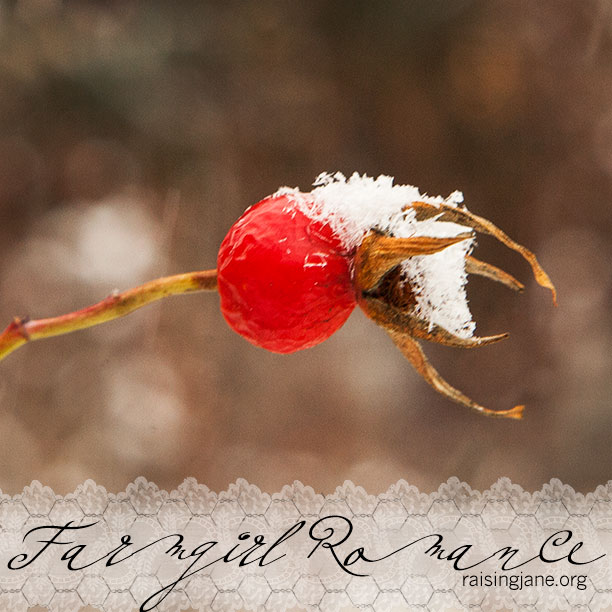
-
Buy props used in MaryJane’s books and magazine!
5% of profits will benefit www.firstbook.org, a non-profit that provides new books to children from low-income families throughout the U.S. and Canada.

Here’s how:
MaryJane will post a photo and a description of a prop and its cost along with a few details as to its condition here: https://shop.maryjanesfarm.org/MaryJanesCurations. It’s a playful way to be the new owner of a little bit of farm herstory.














































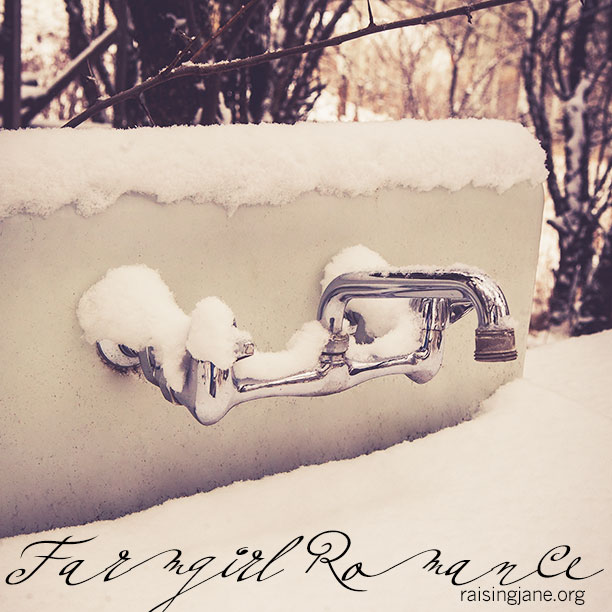
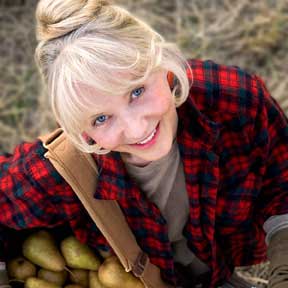
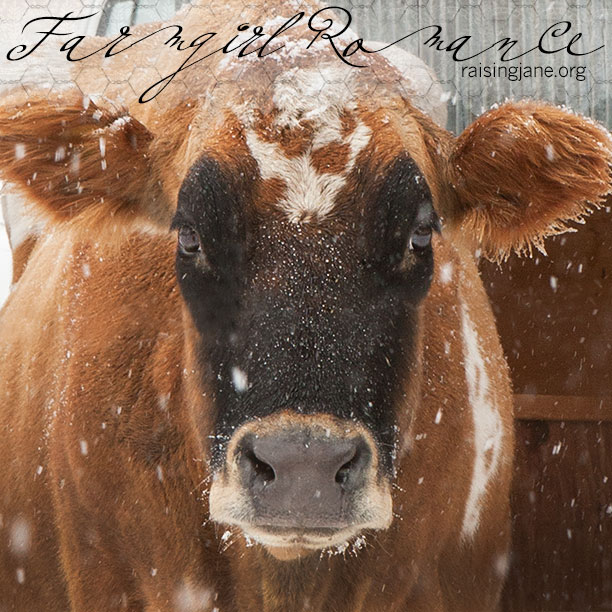

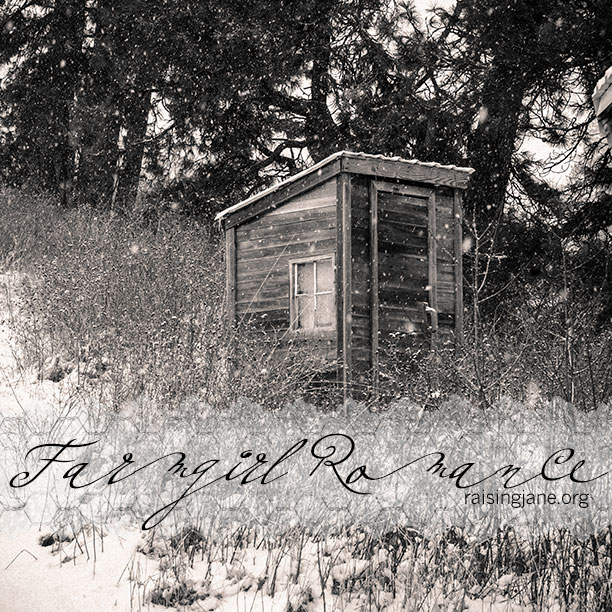





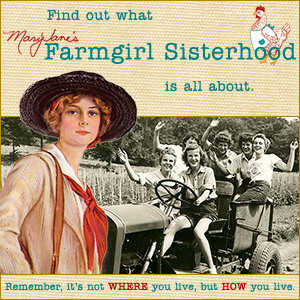

Oh, the Plum Pit is cold and having a Winter’s rest. I, for one, cannot wait to see it in the light of the May Spring!! Whoop!!
That makes me think of camp. I’ve always disliked being cold, but there is something about that morning trek to the facilities to wash up before breakfast. That cold mountain water on my face was bracing, to say the least, yet it remains a morning habit that I still enjoy. Nothing like a good wake UP! Followed by a bum warming roaring fire in the lodge, naturally.
Great image, bun warming. I always figure morning treks build character … after the fact:)